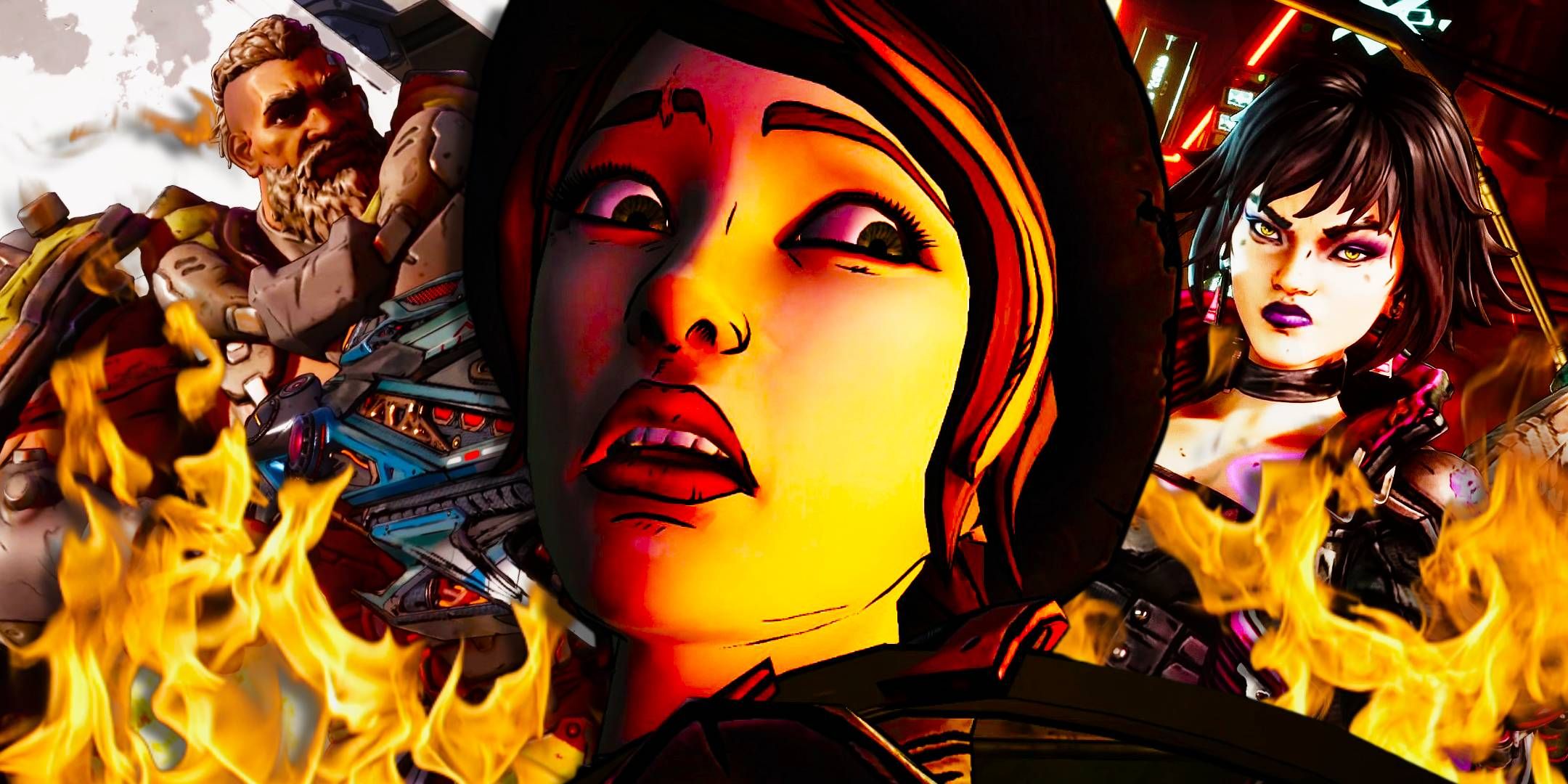
2025 has seen a significant impact with the announcement of Borderlands 4, as its developer Gearbox Software unveiled substantial details during their State of Play. This game is highly anticipated, particularly among series fans, due to its potential to be one of the standout titles of the year. It’s also noteworthy because it’s one of the few triple-A first-person shooters scheduled for release in 2025, apart from Xbox’s The Outer Worlds 2. For those who feel overlooked amidst an abundance of excellent RPGs, third-person games, and turn-based titles such as Clair Obscur: Expedition 33, this is significant news.
Despite high expectations for Borderlands 4 being among the top FPS games in 2025, a post from its creator Randy Pitchford, CEO of Gearbox, has stirred up fan dissatisfaction and fueled heated discussions about the recent surge in video game prices. On first glance, Pitchford’s statement may seem insensitive, but it might hint at the direction the gaming industry is heading and possibly predicting the second video game market crash.
Randy Pitchford’s Response To Borderlands 4’s Price Is Disappointing
It Is Completely Disrespectful To Fans
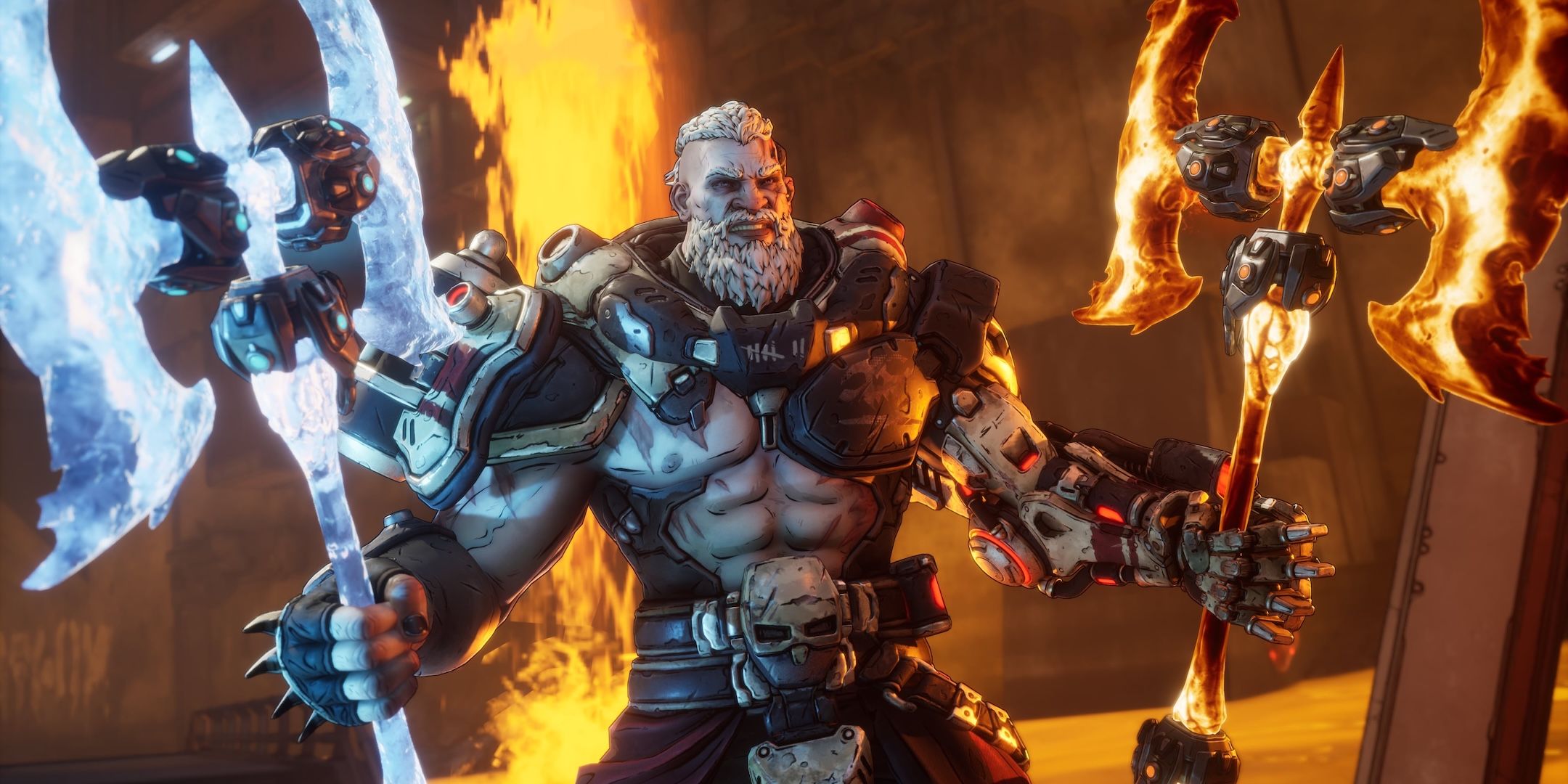
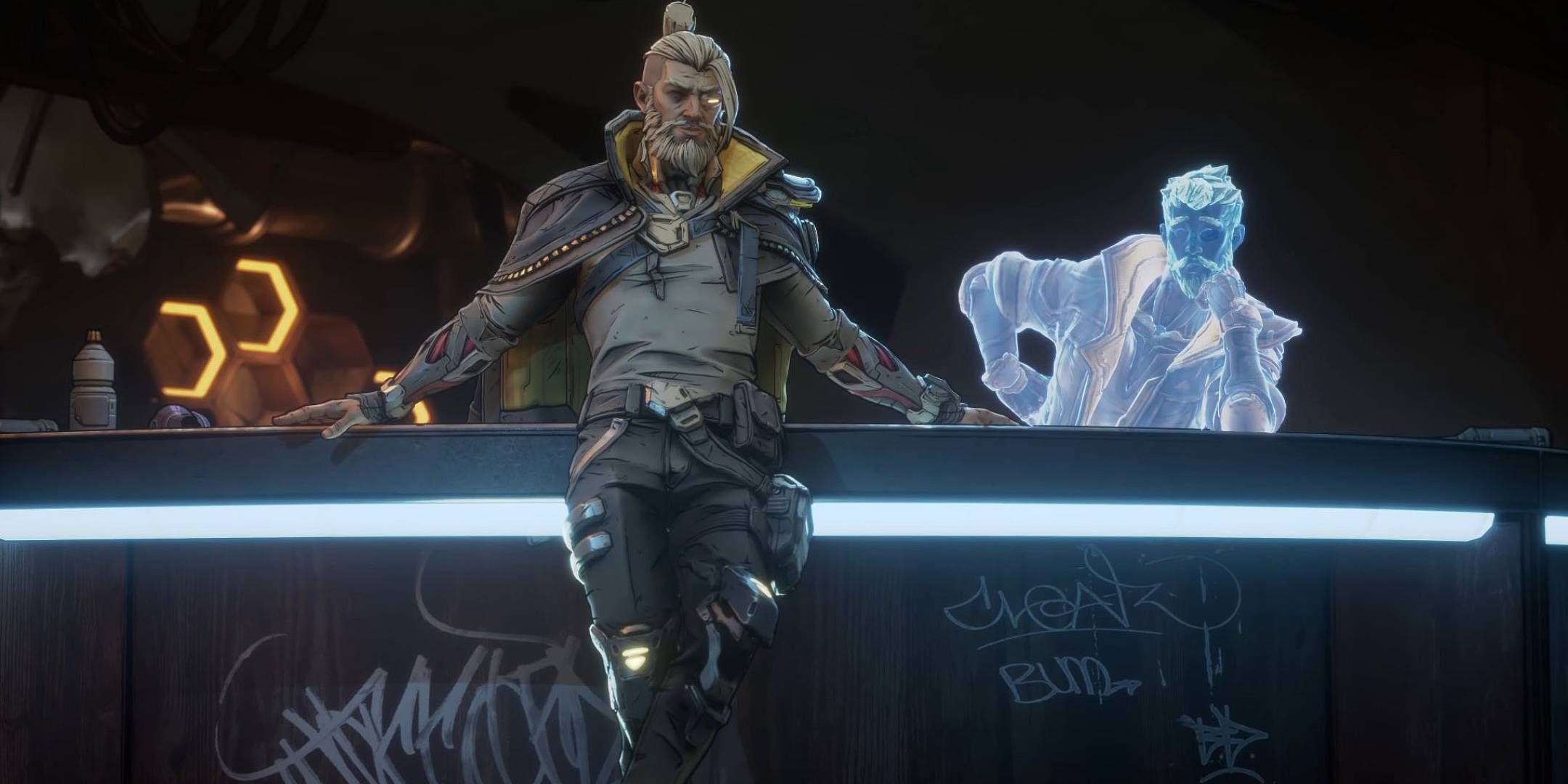
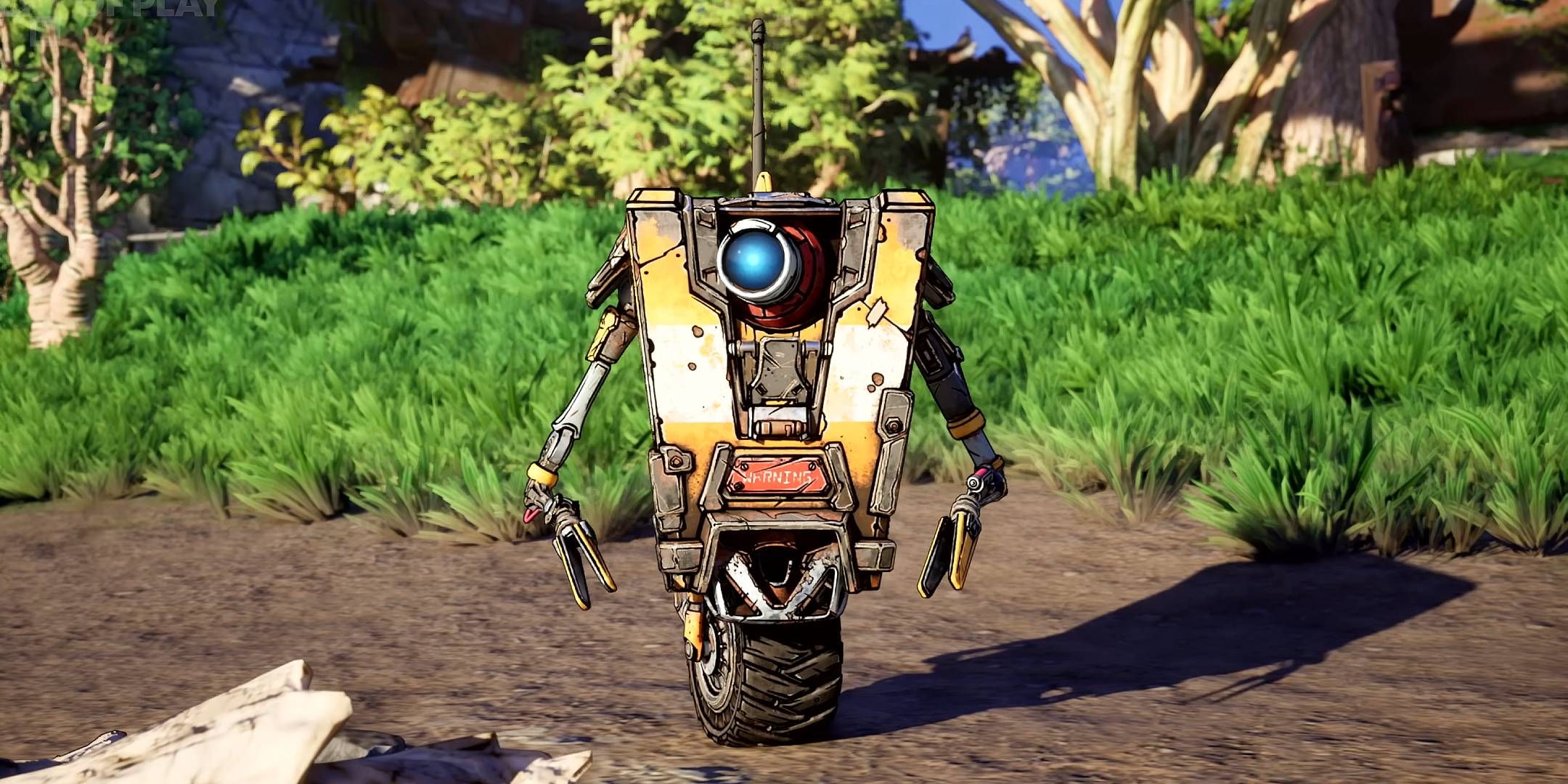
Since Nintendo raised the price of its first-party games to $80, there’s been a wave of discussion about game pricing among developers and fans alike. With Borderlands 4 set to be released soon, a fan asked Gearbox if they planned to match that price hike. However, Randy Pitchford’s response on the matter has sparked controversy and negative feedback from fans.
In a Twitter conversation, Pitchford stated that the pricing wasn’t under his control, even as CEO of the company, and suggested that if someone was truly passionate about the game, they would find a way to purchase it. He also shared an anecdote from 1991 when he spent $80 on Starflight for the Sega Genesis despite having a minimum wage job. However, the term “real fan” in his comment stirred up frustration among many, as it seemed to imply that those unwilling or unable to pay $80 were not genuine fans, and belittled individuals who might struggle financially.
Many ardent fans of the Borderlands series, including myself, are displeased with Gearbox’s Pitchford over his recent comments, primarily due to their perceived insulting nature. Additionally, these remarks seem to hint at a broader industry attitude towards price increases, which can be disappointing as these hikes may strain the budgets of ordinary people who once found gaming an affordable pastime. The industry often justifies price increases by citing higher production costs, but seldom do they consider how such hikes might affect those struggling financially.
In simpler terms, Doug Bowser from Nintendo stated in an interview with CBC that they understand some individuals might find the price of Switch 2 prohibitive, hence they made sure other Switch models are accessible as well. This implies that if someone can’t afford a Switch 2, there’s always the option of getting the original Switch, similar to when the previous head of Xbox advised people to opt for Xbox 360 instead of Xbox One due to its connection requirements.
Developers Need To Be More Selective With The $80 Price Tag
Not Everything Deserves To Cost So Much
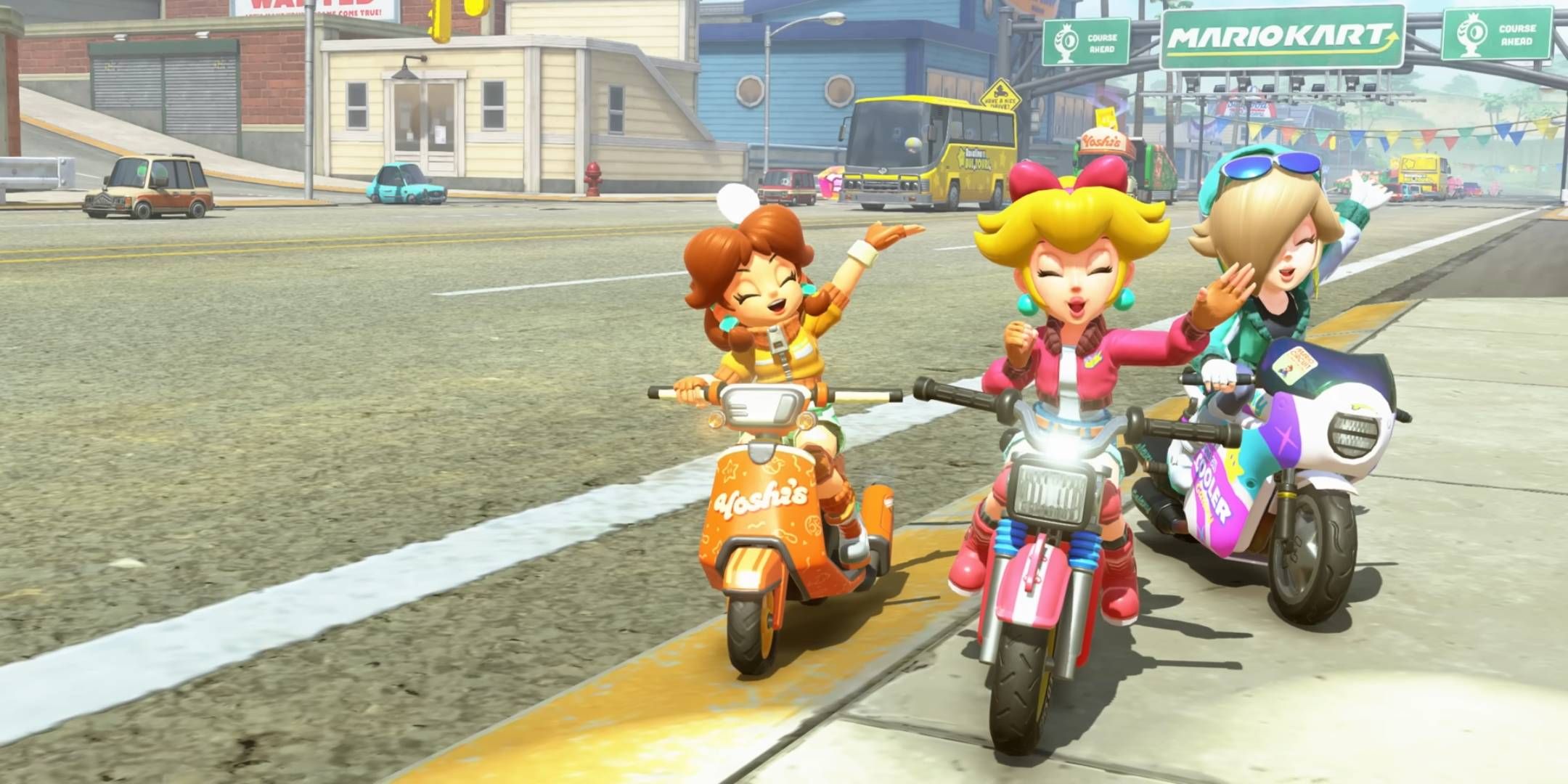
Indeed, it seems that high-priced games like those costing around $80 might be a persistent trend. While this could be acceptable in certain instances, such as for anticipated titles like GTA 6, which is speculated to retail at $100, not every game can justify the increased price tag over previous ones, priced at $70 or even $50. The issue arises when a game does not deliver significantly enhanced experiences compared to what we were previously enjoying at lower costs, like in the case of Borderlands 4.
As a die-hard cinema enthusiast, eagerly anticipating the release of “Borderlands 4”, I must admit that I spotted some significant enhancements to the original formula. Nevertheless, it appears that “Borderlands 4” carries over its inherent flaws and, unfortunately, hasn’t addressed major concerns such as its skill trees effectively. It seems like an upgrade in many aspects compared to “Borderlands 3”, but whether this progression is substantial enough to justify the additional cost remains questionable. I hope that my reservations prove unfounded, and I eagerly await a demonstration of the game’s potential improvement. However, given the history of the franchise, I am skeptical that “Borderlands 4” will break away from its affordable roots.
Beyond Borderlands 4, there are other games like Mario Kart World and TOTK/BOTW remasters that will retail for $80, but I’m not certain they’ll be worth the price. Personally, I find it hard to believe that these games cost $20 or even $30 more than Kingdom Come: Deliverance 2 or Clair Obscur: Expedition 33, both of which are strong contenders for Game of the Year. Of course, everyone’s perception of value is different, but this pricing seems unreasonable to me.
It’s important to mention that these two games are widely recognized as both financial and critical triumphs by their creators, even though they have lower prices. Given the significant production costs of games like “Mario Kart World” and “Borderlands 4”, this is a topic often debated in the industry. Surprisingly, indie and AA games have achieved success in terms of both critical acclaim and sales, despite their smaller scale, reduced budgets, and more affordable pricing compared to many AAA games that struggle due to excessive spending and subsequent layoffs.
If $80 Games Are The New Norm, The Industry Could Be In Trouble
People May Stop Buying Video Games Completely
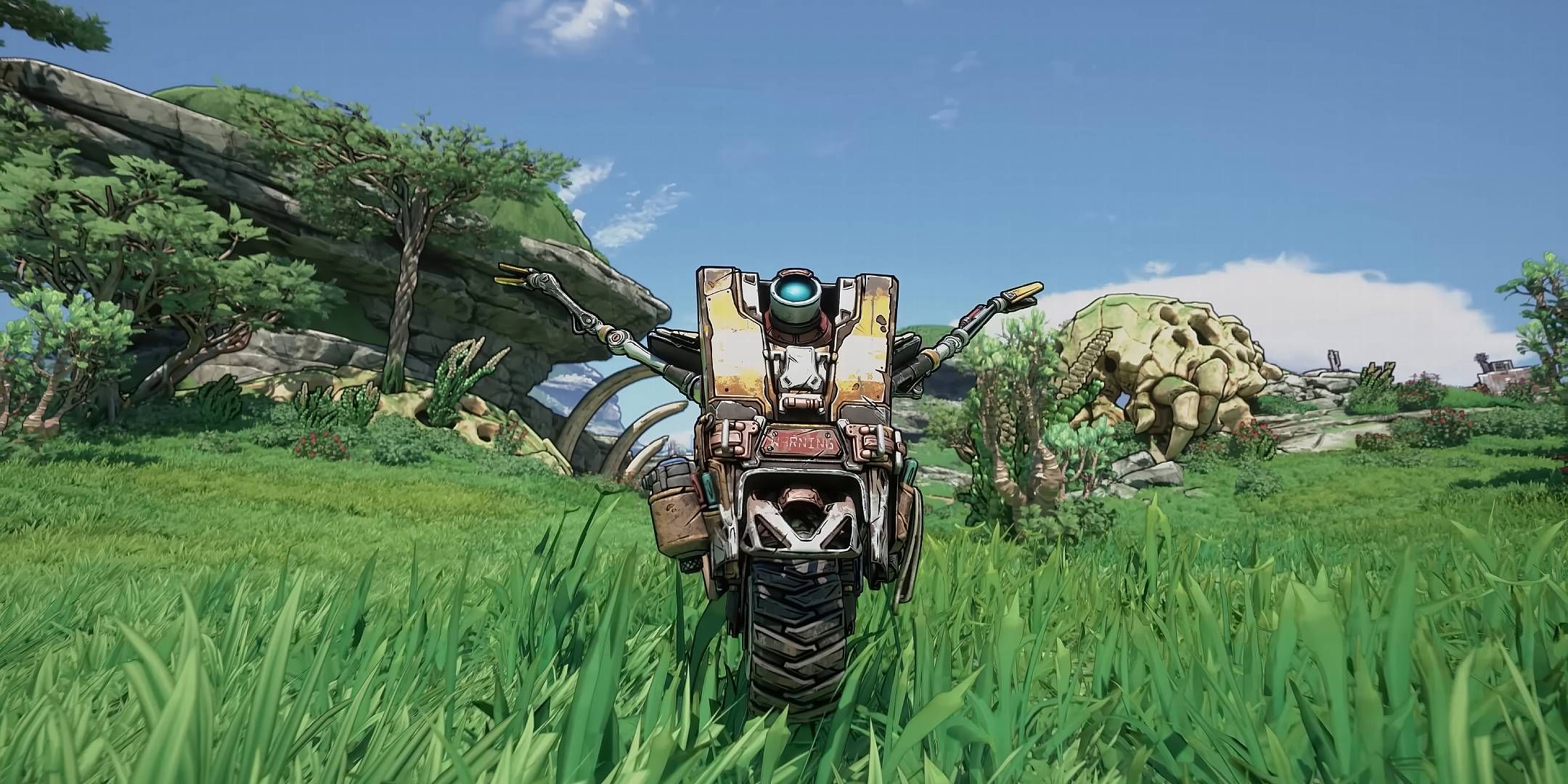
There’s a growing apprehension that the escalating prices of video games, coupled with some developers like Randy Pitchford not meeting expectations, might bring about detrimental consequences for the gaming industry. Although there are many gamers prepared to spend $80 on each game, it’s probable that an equal or greater number struggle to afford them at launch. While development costs have been affected by inflation and tariffs, ordinary people’s salaries haven’t risen proportionately, creating a disparity in affordability.
Raising the cost of your product might seem beneficial, but if people can’t afford it, you risk losing customers and potentially going under, as was partially the case during the 1983 video game crash. This event occurred when PCs became less expensive than consoles, making them an attractive choice for gamers who could get better performance and multifunctionality for a lower price. Many console developers went bankrupt as a result. While I’m not predicting a repeat of this scenario, the current trend seems to be moving in that direction.
If game developers charge $80 per game and console prices keep rising, it raises the question of why buy a console when compared to a PC, especially since platforms like Steam often discount games over time. Additionally, PCs have become more affordable due to handheld devices like the ROG Ally that offer a portable gaming experience similar to the Nintendo Switch, but with the added benefit of being a full-fledged computer. For instance, this article was written on a ROG Ally shortly after playing a bit of Halo. Although handheld PCs might not be as powerful as a PS5 currently, they are rapidly approaching that level.
I ponder whether it’s feasible for developers to consistently charge $80 for games during an economic downturn. However, if game creators show compassion and discretion when deciding which titles merit such high prices, there might be a glimmer of optimism. EA, known for its aggressive pursuit of profits, has lately stated it won’t charge $80 for every release. Here’s to hoping that Borderlands 4, if it exists, isn’t one of them. I express this concern not only because the quality might not justify the price tag, but also due to the potential risk of establishing an unfavorable precedent that could lead to problems down the line.
Read More
- Clash Royale Best Boss Bandit Champion decks
- Brawl Stars December 2025 Brawl Talk: Two New Brawlers, Buffie, Vault, New Skins, Game Modes, and more
- Best Hero Card Decks in Clash Royale
- Clash Royale December 2025: Events, Challenges, Tournaments, and Rewards
- Call of Duty Mobile: DMZ Recon Guide: Overview, How to Play, Progression, and more
- Best Arena 9 Decks in Clast Royale
- Clash Royale Witch Evolution best decks guide
- All Boss Weaknesses in Elden Ring Nightreign
- Brawl Stars December 2025 Brawl Talk: Two New Brawlers, Buffie, Vault, New Skins, Game Modes, and more
- Deneme Bonusu Veren Siteler – En Gvenilir Bahis Siteleri 2025.4338
2025-05-22 09:48